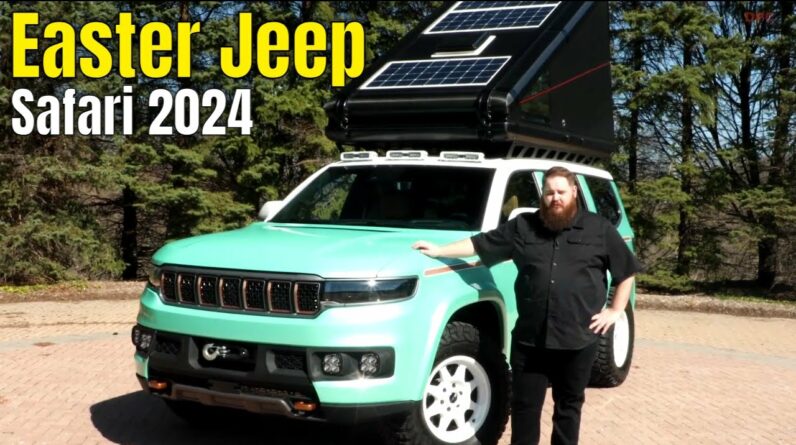The starting point is 1951, the year in which Porsche first took to a class victory with the 356 SL. A further 107 class and 19 overall victories followed on from this triumph with the light alloy coupé. Seventy years later, Porsche is launching Porsche Moments, a new series that devotes six episodes to this famous chapter in Porsche’s motorsport history.
The team pays tribute to the many historically significant moments at Le Mans through this content, internationally and at the headquarters in Zuffenhausen. “In the new Porsche Moments format, we will be highlighting special moments from our past during which we – from today’s point of view – have made corporate, product or racing history. We reconstruct these moments as authentically as possible by means of contemporary witnesses and invite our fans to again experience these special Porsche Moments via our social media channels,” says Achim Stejskal, Head of Porsche Heritage and Museum. Le Mans winner and endurance champion Timo Bernhard takes fans through the episodes in the role of host. He meets up with interesting contemporary witnesses on both four wheels and two legs, and in both Zuffenhausen and Weissach.
For the first episode of Porsche Moments, Timo Bernhard is joined by someone he hadn’t seen for two years: Fritz Enzinger, Vice President Motorsport at Porsche. Enzinger led the brand to three overall victories at Le Mans. Their reunion in front of the historical brick building of Werk 1 is like a meeting of old friends – it’s as if the two had brought the legend of Le Mans to Zuffenhausen. “Trust and friendship are important for success in racing,” says Enzinger, as he climbs out of the 356 SL. SL stands for Super Light: thanks to its aluminium body, the Coupé weighs only 680 kilograms – almost 120 kg less than the steel-bodied 356 Coupés produced by Reutter in Stuttgart from November 1949. “Wilhelm Hild from the Porsche works team gave the 356 SL the nickname ‘aluminium can’,” Enzinger reveals with a smile. In-house, the car is known as the ‘Type 514 Porsche Sport for Le Mans 1951’.
From 1948, Porsche built 44 Type 356/2 Coupés in Gmünd, in Austria’s Carinthia region. Eleven other body shells went to Stuttgart and some were later further developed there. The car featured in the first episode of Porsche Moments is the historical godfather of the class winner and was made in 1952 – one year later than the original No. 46 winning car. “Just imagine – a car with less than 50 PS driving 2,840.65 kilometres at Le Mans at an average speed of 118.36 km/h. And that’s in 1951! It had travelled to the race by road – and then drove back to Zuffenhausen on country roads,” says Enzinger. The winning car was driven by French importer Auguste Veuillet and his compatriot Edmond Mouche: two drivers for a 24-hour race was not unusual at the time.
The meeting of Bernhard and Enzinger in front of Werk 1 is symbolic for the journey of the Porsche from Zuffenhausen to the first class victory at Le Mans. Originally, the team had started in the Reutter building. “These days it is inconceivable to drive competition cars by road to Le Mans,” says Bernhard about the risky 11-hour trip on 16 June 1951. “Departure was at 7:15 in the morning; Ferry Porsche sent off the team,” says Enzinger as he shares historical photos and entries about this moment in the journal of then chief designer, Karl Rabe. Racing driver Veuillet and Charles Faroux, race director of the 24 Hours of Le Mans, had managed to convince Ferdinand and Ferry Porsche to participate at Le Mans when they met at the Paris Motor Show the year before.
#Porsche356
Get More Great Car Videos – Subscribe: https://goo.gl/BSIaFc







